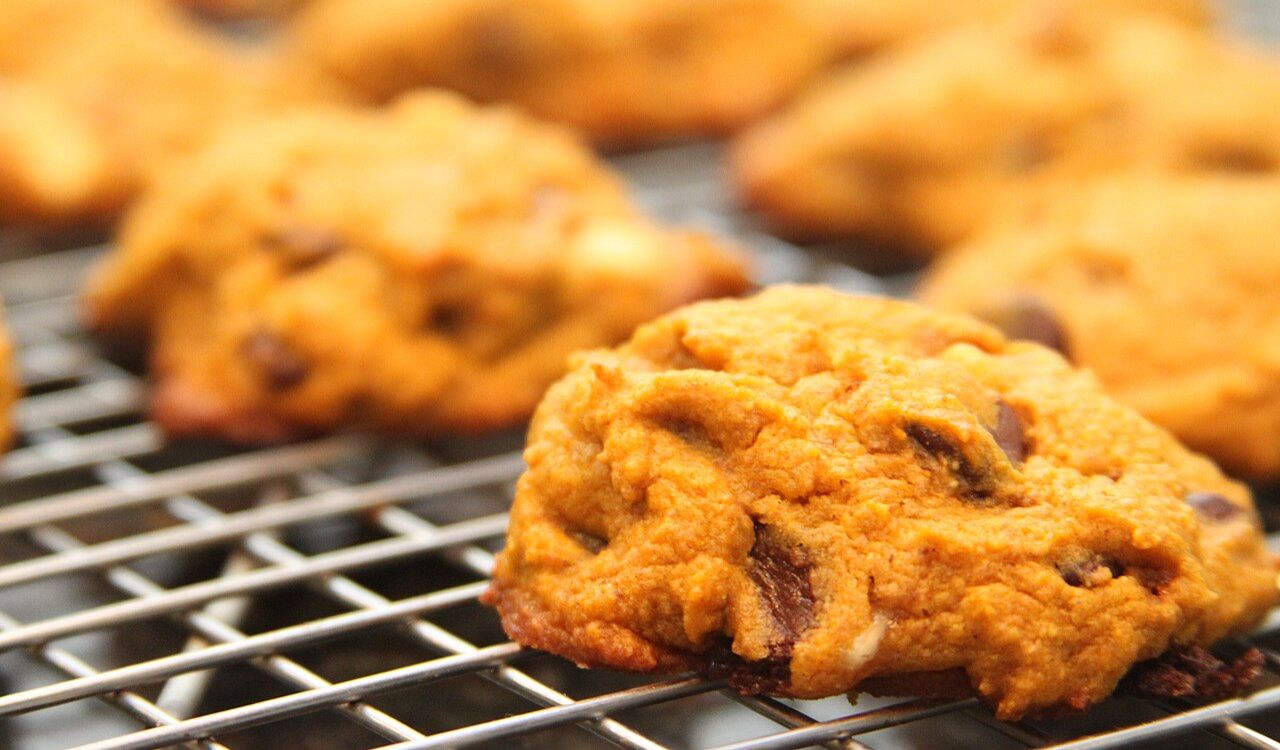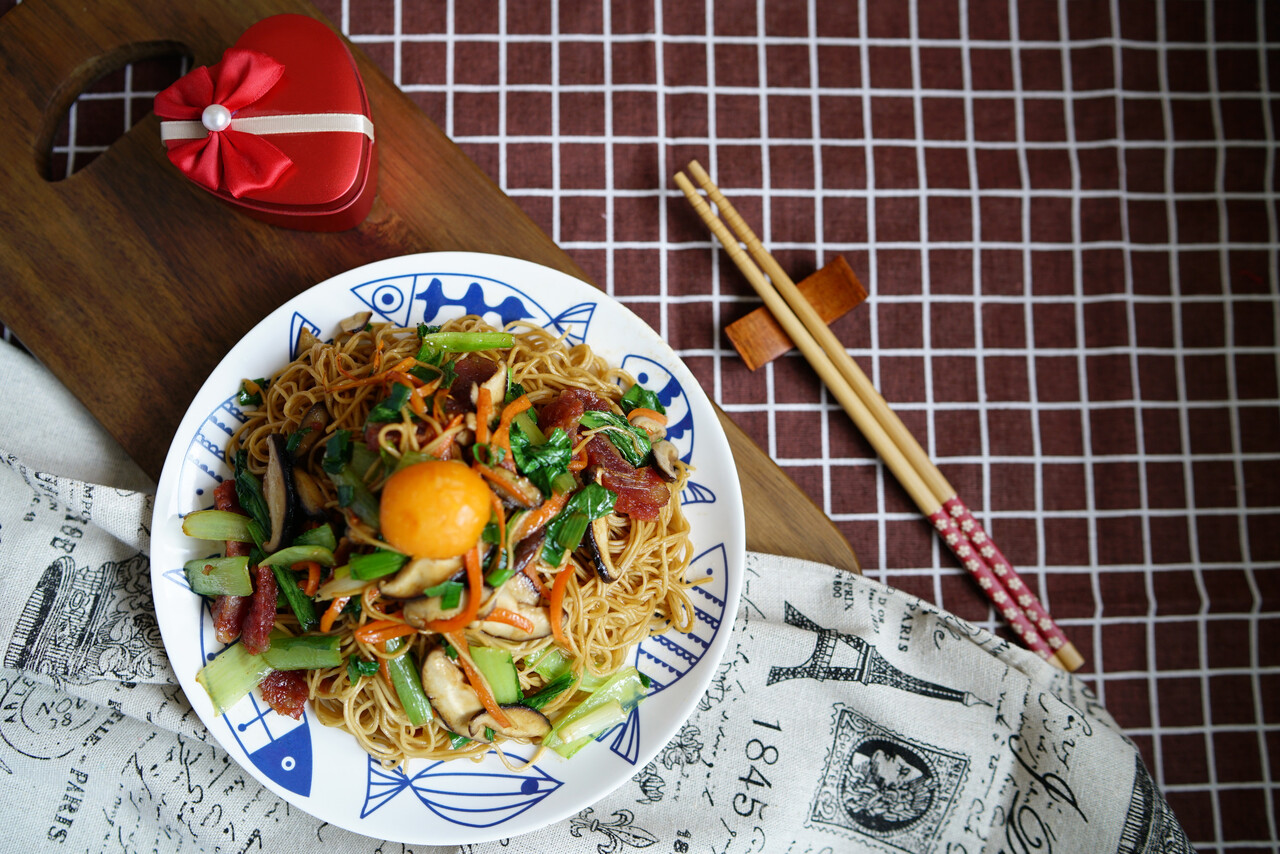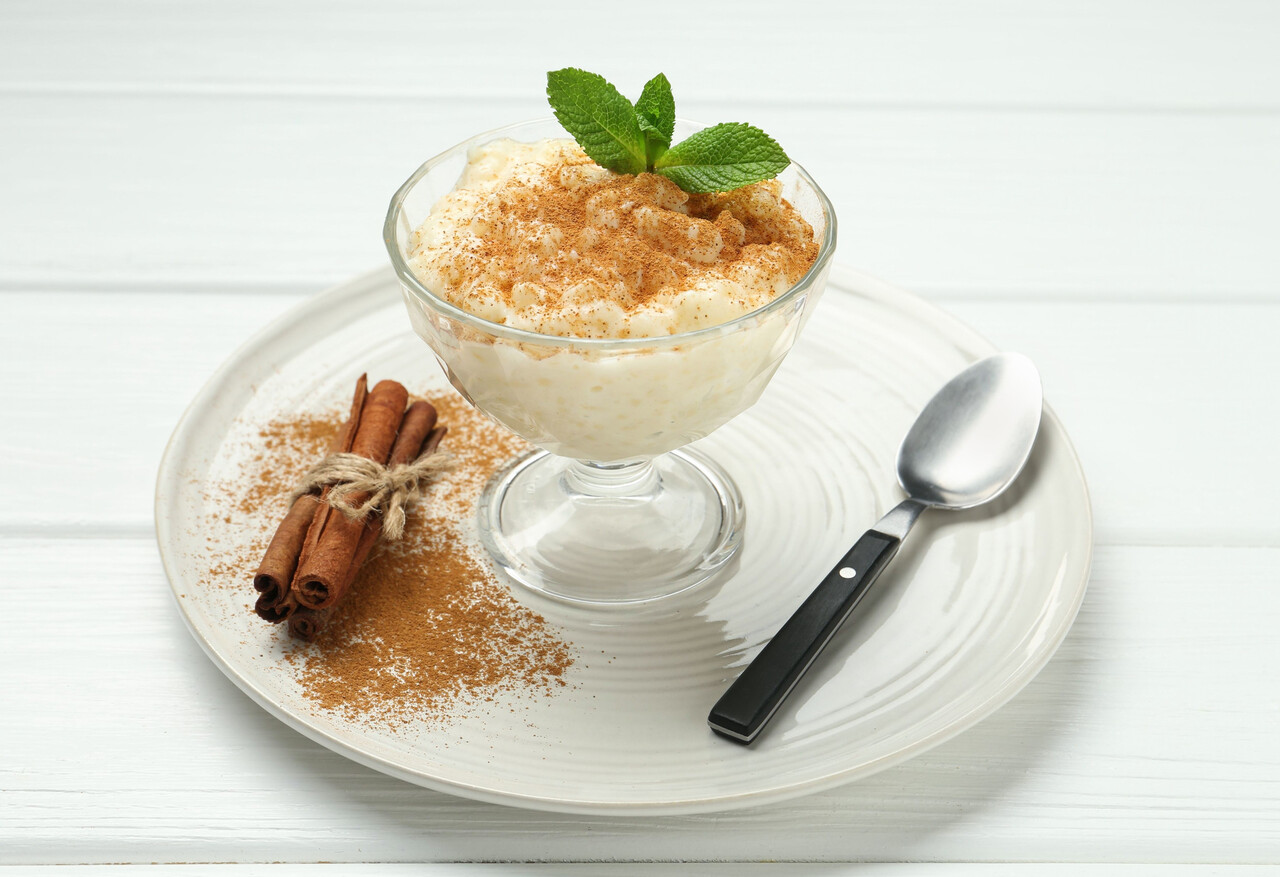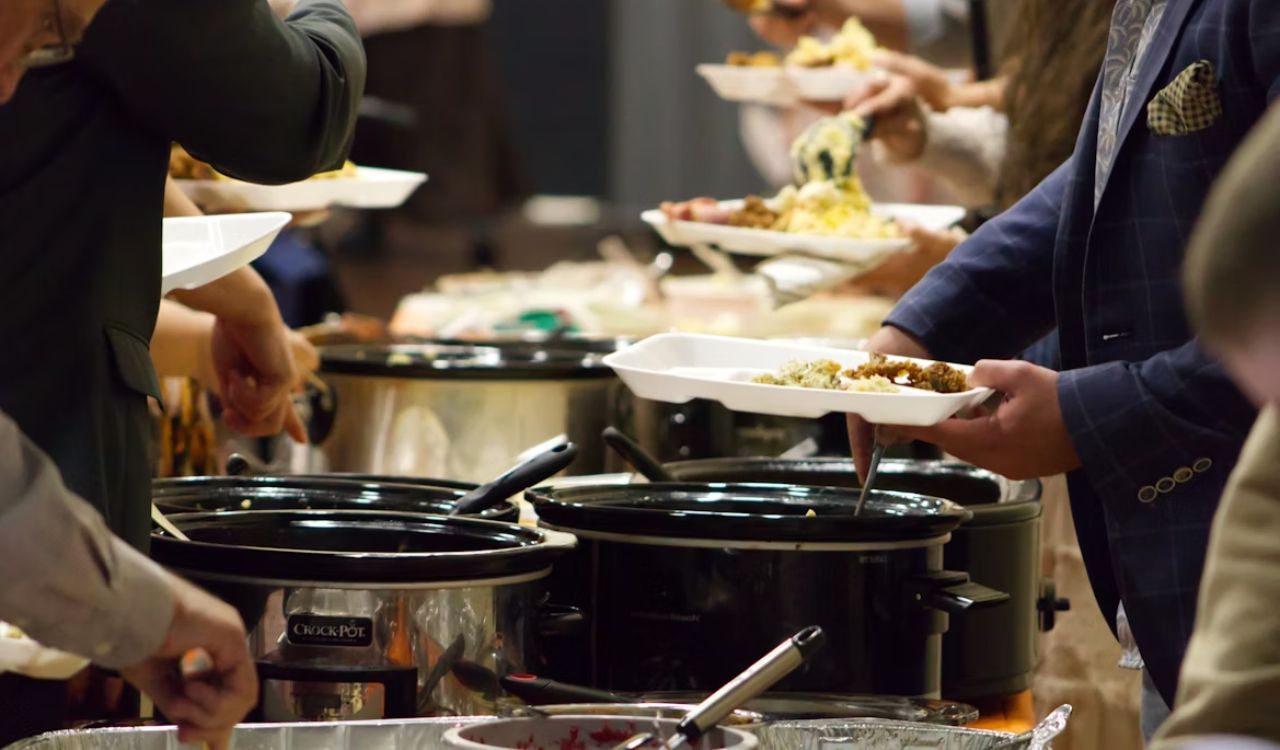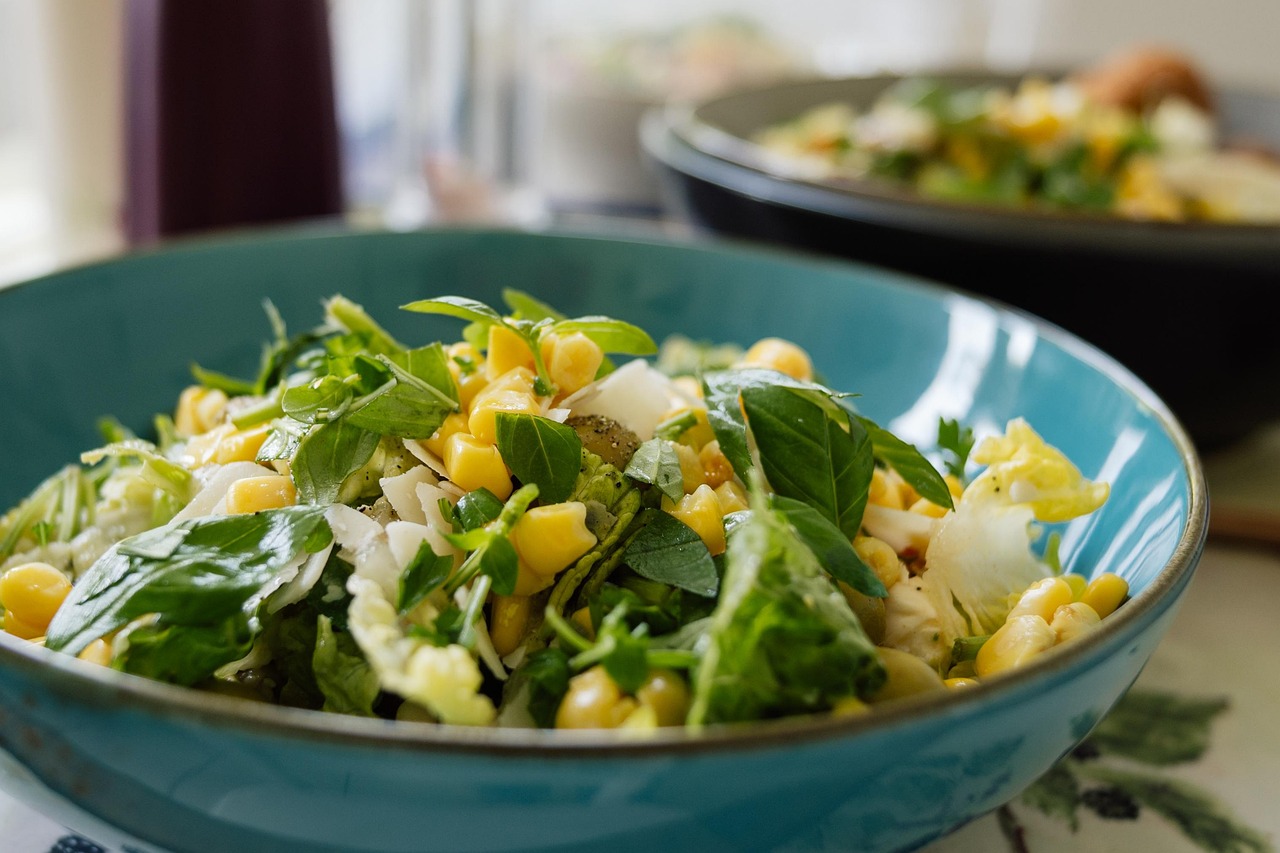8 Foods Chefs Say You’re Storing All Wrong
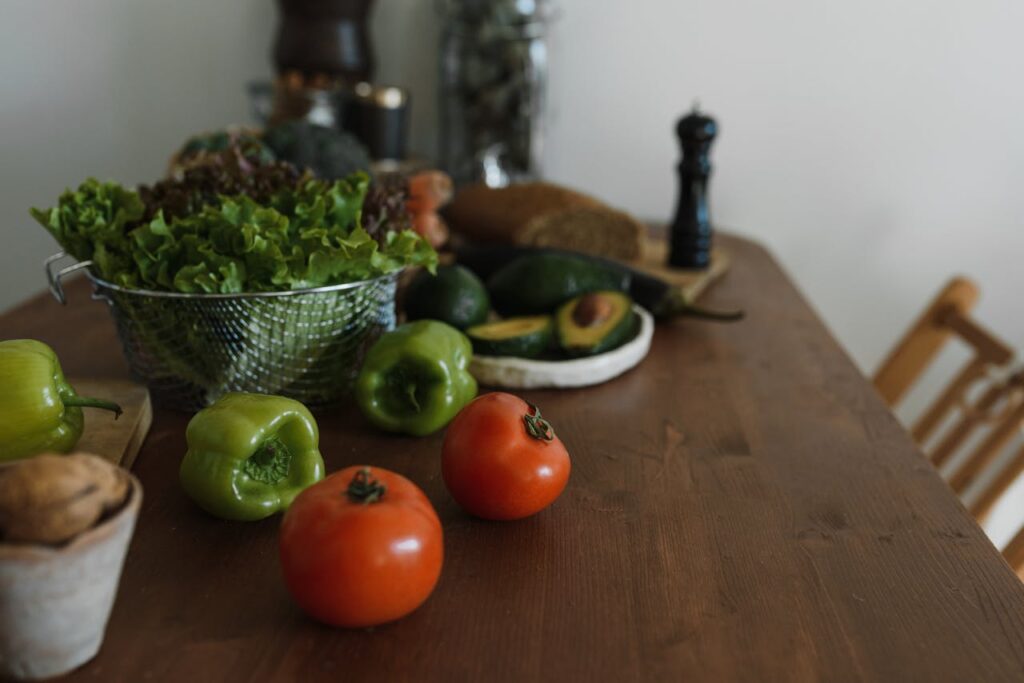
Here’s the thing: even when you feel organized in the kitchen, a few storage habits can quietly work against you. Some foods dry out, others get mushy, and a few lose the flavor you paid for. Chefs see these mistakes all the time, and what this really means is you end up wasting money without realizing it. The good news is that simple changes make a big difference. Once you know where each food actually belongs, you keep things fresher, tastier, and easier to use during the week.
1. Tomatoes
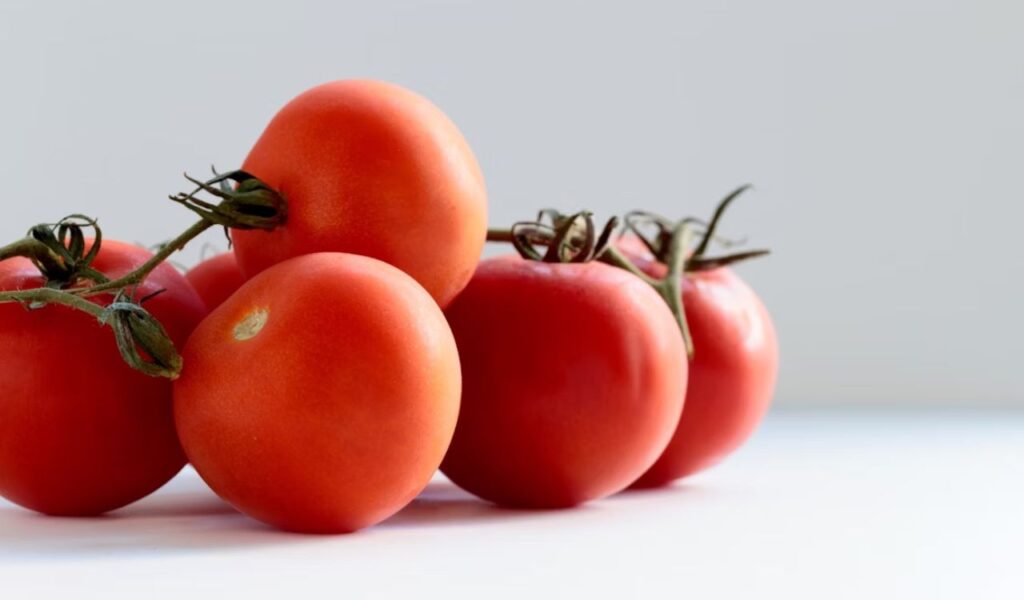
You probably toss tomatoes in the fridge without thinking, but cold air dulls their flavor and makes the texture mealy. Chefs say you should store ripe tomatoes on the counter where they can breathe and hold their natural sweetness. If they’re starting to overripen, move them to a cooler spot in the kitchen instead of chilling them right away. When you treat tomatoes this way, they stay juicier and taste more like what you expect from a fresh ingredient. You end up with tomatoes that taste closer to what you’d find at a market.
2. Bread

You store bread in the fridge to keep it from going stale, but the opposite happens. Cold temperatures speed up the staling process and leave your loaf dry. Chefs encourage you to keep bread at room temperature in a breathable bag or container. If you worry about mold, slice the loaf and freeze what you won’t use within a couple of days. This keeps the texture soft and gives you fresher slices every time you toast or thaw. You save more of the loaf instead of tossing dry pieces.
3. Coffee

You might think the fridge or freezer keeps coffee beans fresh, but moisture quickly ruins the flavor. Chefs say you should keep beans in an airtight container at room temperature, away from sunlight and heat. This helps the aroma stay bold and the oils stay intact. If you buy beans in bulk, store a small batch on the counter and leave the rest sealed in a cabinet. You get richer flavor without the dull, flat taste that comes from cold storage. Your morning cup ends up tasting noticeably brighter.
4. Onions
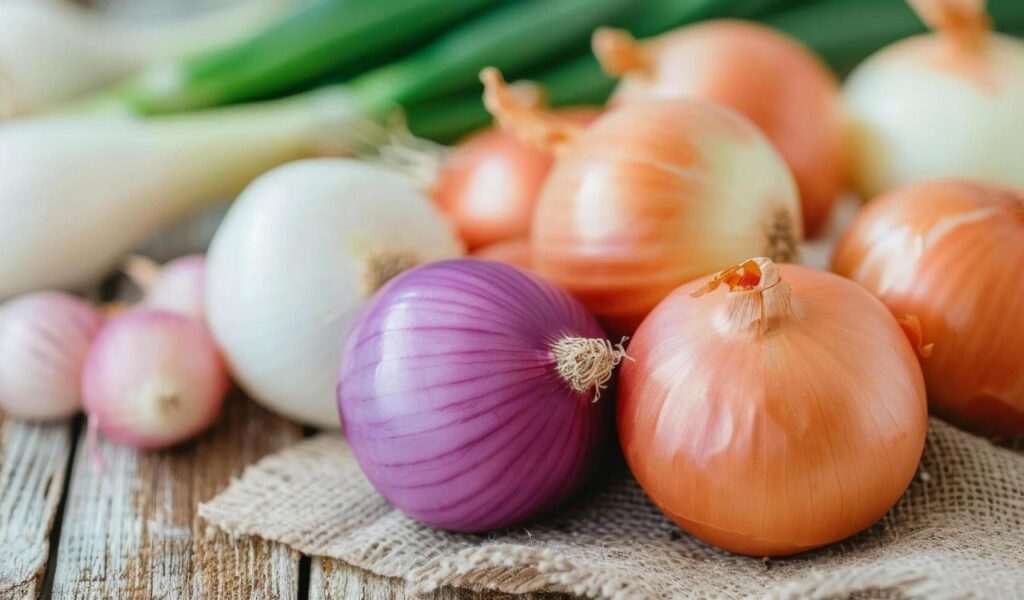
You might place onions near potatoes because it feels convenient, but that pairing shortens their shelf life. Onions release gases that make potatoes sprout faster, and potatoes add moisture that softens onions. Chefs recommend storing onions in a cool, dry space with plenty of airflow. Keep potatoes elsewhere so both last longer. When you separate them, you avoid mushy textures and odd flavors that show up when they age too quickly in the wrong environment. You also make dinner prep easier because both stay firm.
5. Fresh Herbs
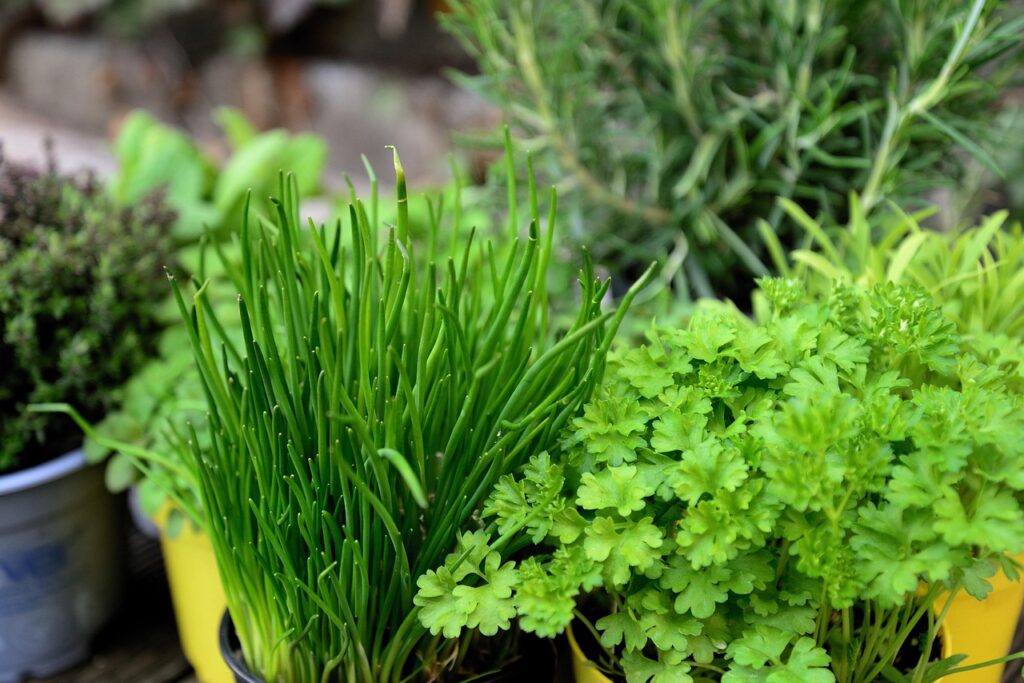
You buy herbs with good intentions, then you wrap them up and hope for the best. Chefs suggest treating soft herbs like cilantro and parsley as if they’re flowers. Trim the stems, place them in a glass of water, and loosely cover the tops. For sturdier herbs, wrap them in a damp towel and store them in a container. These simple steps help herbs stay crisp and fragrant instead of turning slimy or flavorless before you have a chance to cook with them. You’ll notice they hold their aroma much longer.
6. Cheese
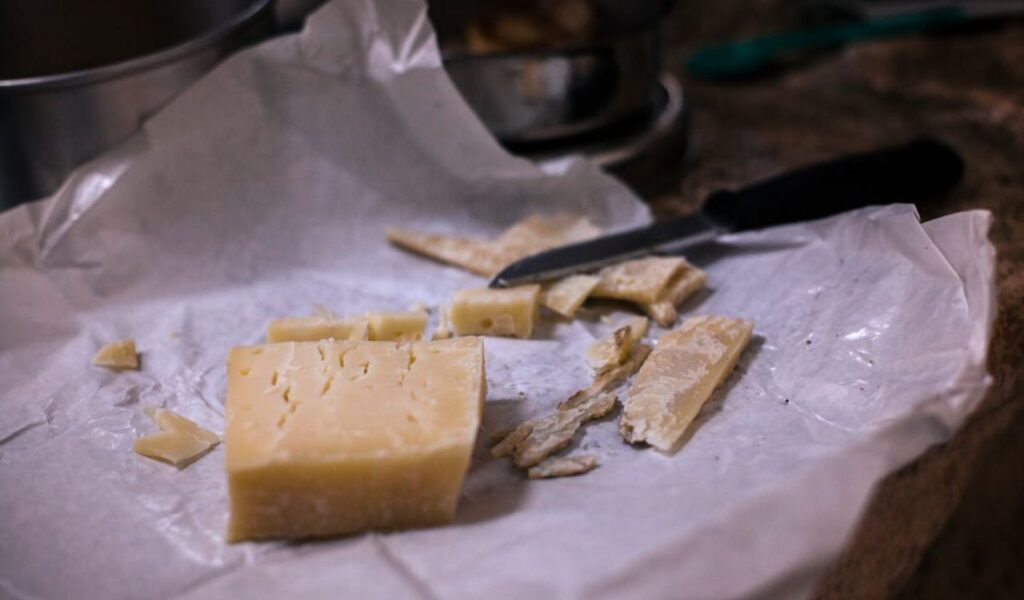
You may store cheese in its original plastic wrap, but that traps moisture and changes the flavor. Chefs say you should wrap cheese in parchment and then place it in a loose container so it can breathe. This prevents drying without creating the sweaty texture you get from tight plastic. When stored correctly, cheese holds its character longer and slices more cleanly. You’ll notice the difference the next time you use it for a snack or recipe. The flavor stays sharper and more consistent.
7. Garlic
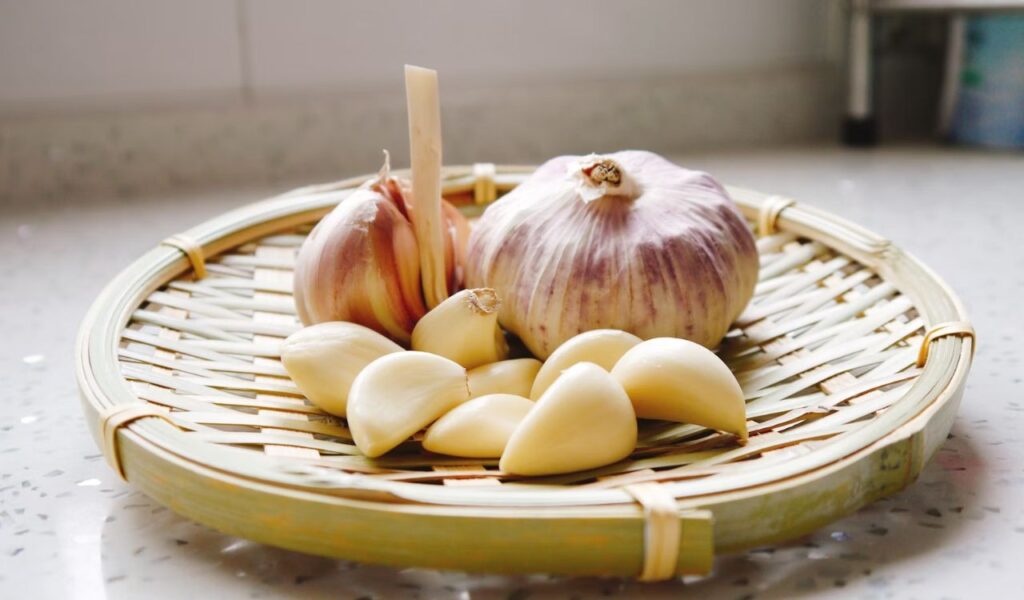
You sometimes toss garlic into the fridge, but cold air encourages sprouting and softens the cloves. Chefs prefer keeping garlic in a dry, ventilated spot on the counter. Avoid sealed containers because trapped humidity speeds up spoilage. When garlic has room to breathe, it stays firm and keeps its punchy flavor longer. This makes your cooking easier and ensures you don’t end up peeling mushy cloves right before dinner. You also waste fewer bulbs over time.
8. Apples
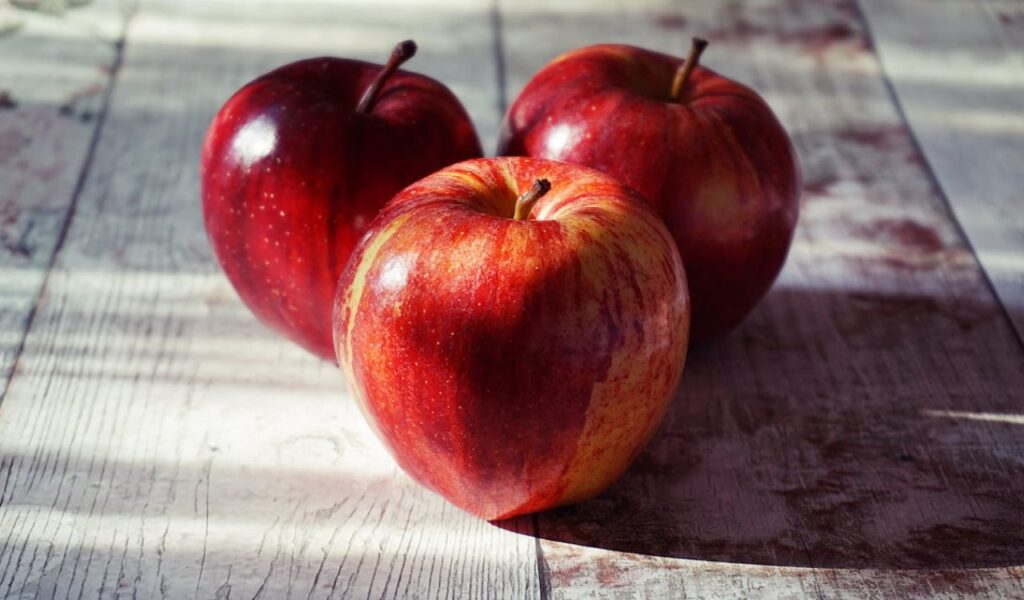
You leave apples in a fruit bowl because it looks tidy, but apples stay fresher when chilled. Chefs point out that cool temperatures slow ripening, keeping the texture crisp. Store them in the crisper drawer, away from leafy greens because apples release ethylene gas. If you want a few at room temperature for snacking, rotate them from the fridge. This habit helps you avoid soft spots and enjoy apples with better crunch and sweetness. You’ll get more life out of every bag you buy.


